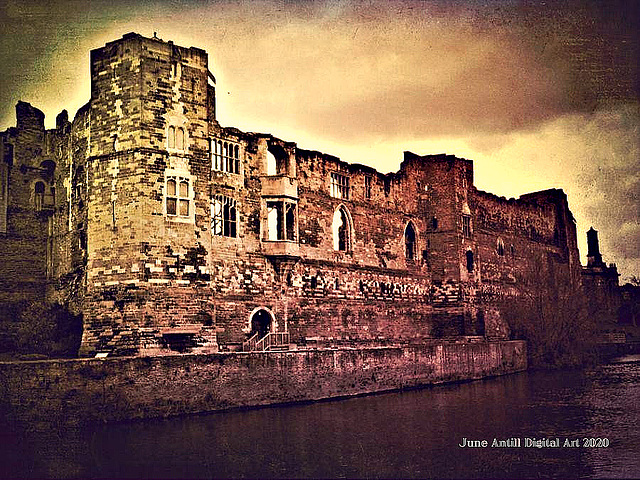Rajnigandha (Mexican)
Old English shrub rose.
Lily the pink ;-)
Red are the roses...
In a vase
The white rose
Smokey Phlox
Another wet day :-(
Gladiolus
Flower art
Delicate..
Feeling off colour ;-)
Going at a snail's pace ;-)
In my garden..
Rudbeckia
Time is running out :-(
Time present and time past
Have a good weekend, and stay safe.........
Reflection
Last drop of summer.
Softest of pinks..
Newark Castle
Peacock orchid
Two's company ;-)
The ghost of the planet we once called Earth :-(
Pink Beauty
Walk on the wild side....
A bed of roses ;-)
Philadelphus 'Mock Orange'
Flower art
Another Monday doodle
Fantasy roses
Stay safe everyone !!
Summer revisited ;-)
Have a great weekend everyone...
Flower art
It's in our heart we find the reflection of our so…
On the dog walk ;-)
Softly As In A Morning Sunrise
Memories.....
Wild hawthorne
The invasion of Nelly Moser ;-)
A Monday morning doodle ;-)
Have a good weekend, and stay safe.........
Nelly Moser
See also...
Authorizations, license
-
Visible by: Everyone -
All rights reserved
- Photo replaced on 19 Jun 2020
-
284 visits
Newark Castle, Nottinghamshire


The site became a fortified castle during the 12th century when Henry I gave Alexander, Bishop of Lincoln, permission to build ramparts and turn his fish pond into a moat.
In 1139 King Stephen imprisoned the bishop and appropriated this and other properties belonging to him. In 1173 the castle was returned to the City of Lincoln. Bishop Geoffrey Plantagenet built the first stone fortification on the site. The castle was rectangular with large square towers at each corner.
All that remains of this fortification are the main gate, the west tower and a few other areas of masonry showing oolite stone. In 1216 King John died at the castle and thereafter it was seized by a group of barons. In 1218 Henry III besieged the castle and after bombarding it for eight days the barons surrendered.
Restored and rebuilt in red sandstone by the end of the 13th century it had become a magnificent, fortified mansion. In Tudor times Henry VIII took the castle from Bishop Henry Holbeach and after that it remained in royal hands.
During the Civil War the town of Newark was a Royalist stronghold and besieged four times by the Parliamentarians. King Charles I took refuge at the castle before retreating to Oxford. After the king was captured by the Scots the town surrendered and the garrison was allowed to march out with all their possessions.
The castle was subsequently dismantled and by 1649 was described as a ruin.
In 1139 King Stephen imprisoned the bishop and appropriated this and other properties belonging to him. In 1173 the castle was returned to the City of Lincoln. Bishop Geoffrey Plantagenet built the first stone fortification on the site. The castle was rectangular with large square towers at each corner.
All that remains of this fortification are the main gate, the west tower and a few other areas of masonry showing oolite stone. In 1216 King John died at the castle and thereafter it was seized by a group of barons. In 1218 Henry III besieged the castle and after bombarding it for eight days the barons surrendered.
Restored and rebuilt in red sandstone by the end of the 13th century it had become a magnificent, fortified mansion. In Tudor times Henry VIII took the castle from Bishop Henry Holbeach and after that it remained in royal hands.
During the Civil War the town of Newark was a Royalist stronghold and besieged four times by the Parliamentarians. King Charles I took refuge at the castle before retreating to Oxford. After the king was captured by the Scots the town surrendered and the garrison was allowed to march out with all their possessions.
The castle was subsequently dismantled and by 1649 was described as a ruin.
Marie-claire Gallet, Dimas Sequeira, Léopold, Valfal and 37 other people have particularly liked this photo
- Keyboard shortcuts:
Jump to top
RSS feed- Latest comments - Subscribe to the comment feeds of this photo
- ipernity © 2007-2024
- Help & Contact
|
Club news
|
About ipernity
|
History |
ipernity Club & Prices |
Guide of good conduct
Donate | Group guidelines | Privacy policy | Terms of use | Statutes | In memoria -
Facebook
Twitter

have a nice weekend.
Remarkable, really.
Sign-in to write a comment.